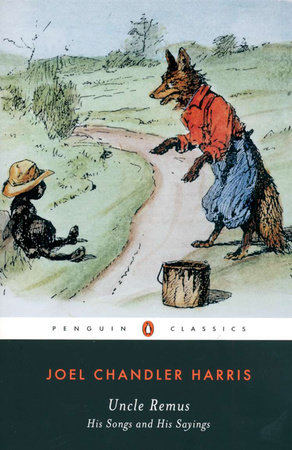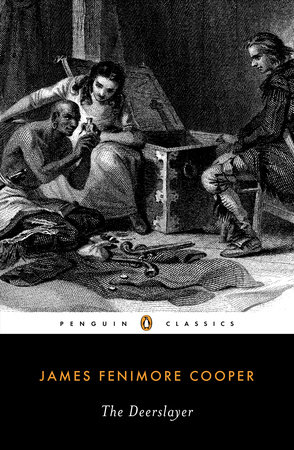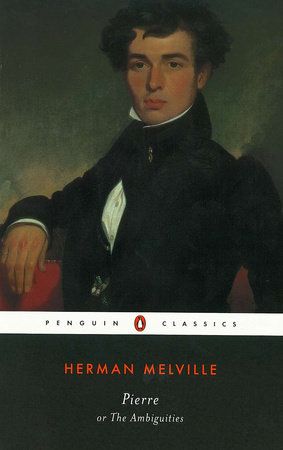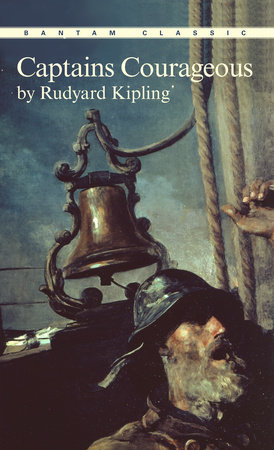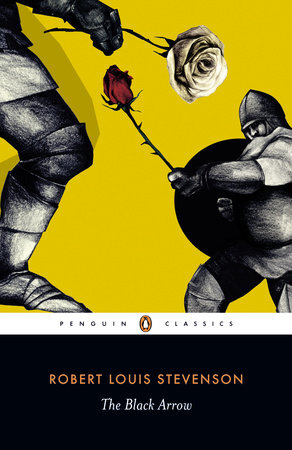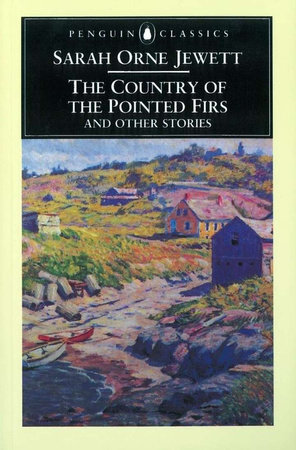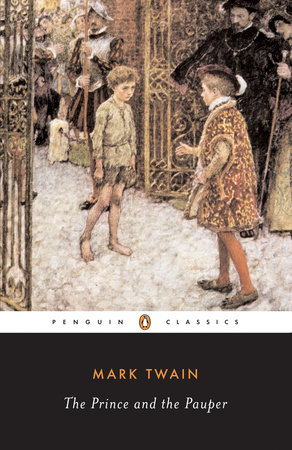La letra escarlata está considerada la mejor novela norteamericana del siglo XIX. Ambientada en la Nueva Inglaterra de los puritanos del siglo XVII, La letra escarlata (1849) narra el terrible impacto que un simple acto de pasión desencadena en las vidas de tres miembros de la comunidad: Hester Prynne, una mujer de espíritu libre e independiente, objeto del escarnio público y condenada a llevar la «A» de «Adúltera»; el reverendo Dimmesdale, un alma atormentada por la culpa aunque digno de la estima general, y Chillingworth, un ser siniestro, cruel y vengativo, que maquina en la sombra. La presente edición incluye una introducción de la catedrática Nina Baym, cuya labor investigadora se ha centrado en el estudio de la literatura americana del siglo XIX. En el año 2000 recibió la medalla Jay Hubble que otorga la Modern Language Association por sus valiosas aportaciones en esta materia. Es autora, entre otros, del ensayo The Shape of Hawthorne’s Career. ENGLISH DESCRIPTION Like all of Hawthorne’s novels, “The Scarlet Letter” has but a slender plot and but few characters with an influence on the development of the story. Its great dramatic force depends entirely on the mental states of the actors and their relations to one another, —relations of conscience, — relations between wronged and wrongers. Its great burden is the weight of unacknowledged sin as seen in the remorse and cowardice and suffering of the Rev. Arthur Dimmesdale. Contrasted with his concealed agony is the constant confession, conveyed by the letter, which is forced upon Hester, and has a double effect, — a healthful one, working beneficently, and making her helpful and benevolent, tolerant and thoughtful ; and an unhealthful one, which by the great emphasis placed on her transgression, the keeping her forever under its ban and isolating her from her fellows, prepares her to break away from the long repression and lapse again into sin when she plans her flight. Roger Chillingworth is an embodiment of subtle and refined revenge. The most striking situation is perhaps “The Minister’s Vigil,” in chapter xii. The book, though corresponding in its tone and burden to some of the shorter stories, had a more startling and dramatic character, and a strangeness, which at once took hold of a larger public than any of those had attracted. Though imperfectly comprehended, and even misunderstood in some quarters, it was seen to have a new and unique quality; and Hawthorne’s reputation became national.





